
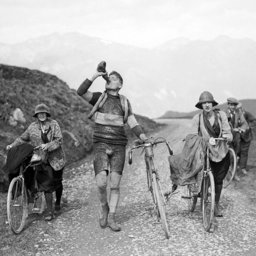
Bilan de l’Ardèche : tout ça pour ça… Tant d’efforts pour que la plupart des coureurs du groupe de tête prennent encore la mauvaise direction au dernier rond-point à 500 m de la ligne d’arrivée…
Résultat : Grégoire (FDJ, 🇫🇷) gagne sans combattre. Comptablement, tir groupé d’Astana (3e, 4e, 5e) dont Fortunato 🇮🇹 qui avait passé les deux dernières ascensions échappé : ils n’ont pas non plus eu la possibilité de disputer la victoire du fait de la mésaventure finale, mais le triplé rapporte de gros points UCI. Brenner (Tudor, 🇩🇪) finit 2e bien qu’ayant énormément roulé les 30 derniers kilomètres pour un Hirschi 🇨🇭 qui a disparu à moment donné et finit à 2 minutes.
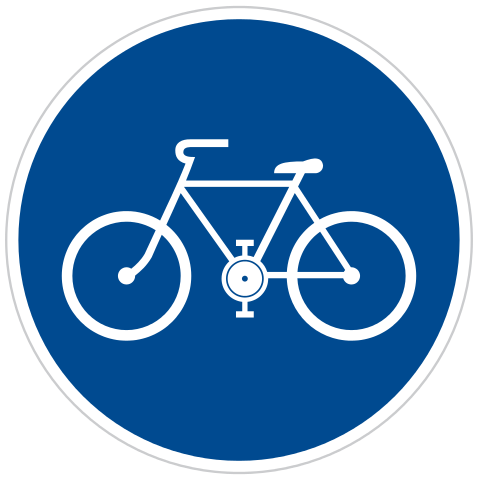

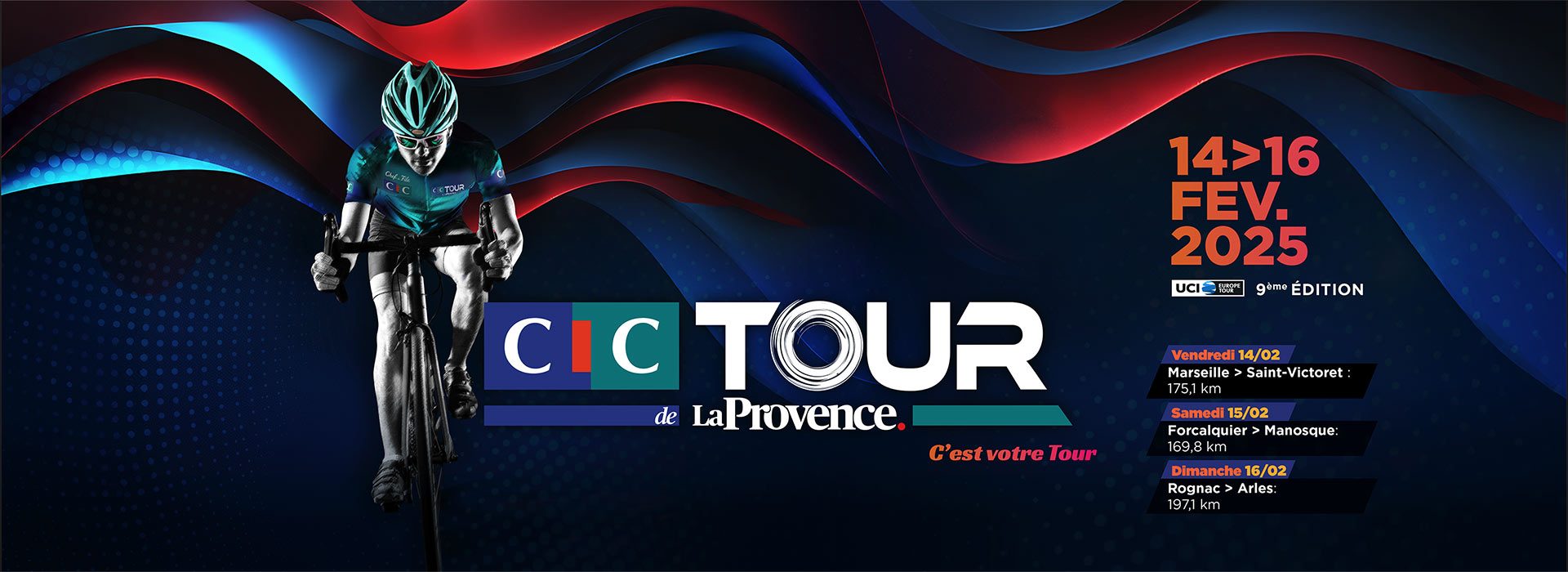
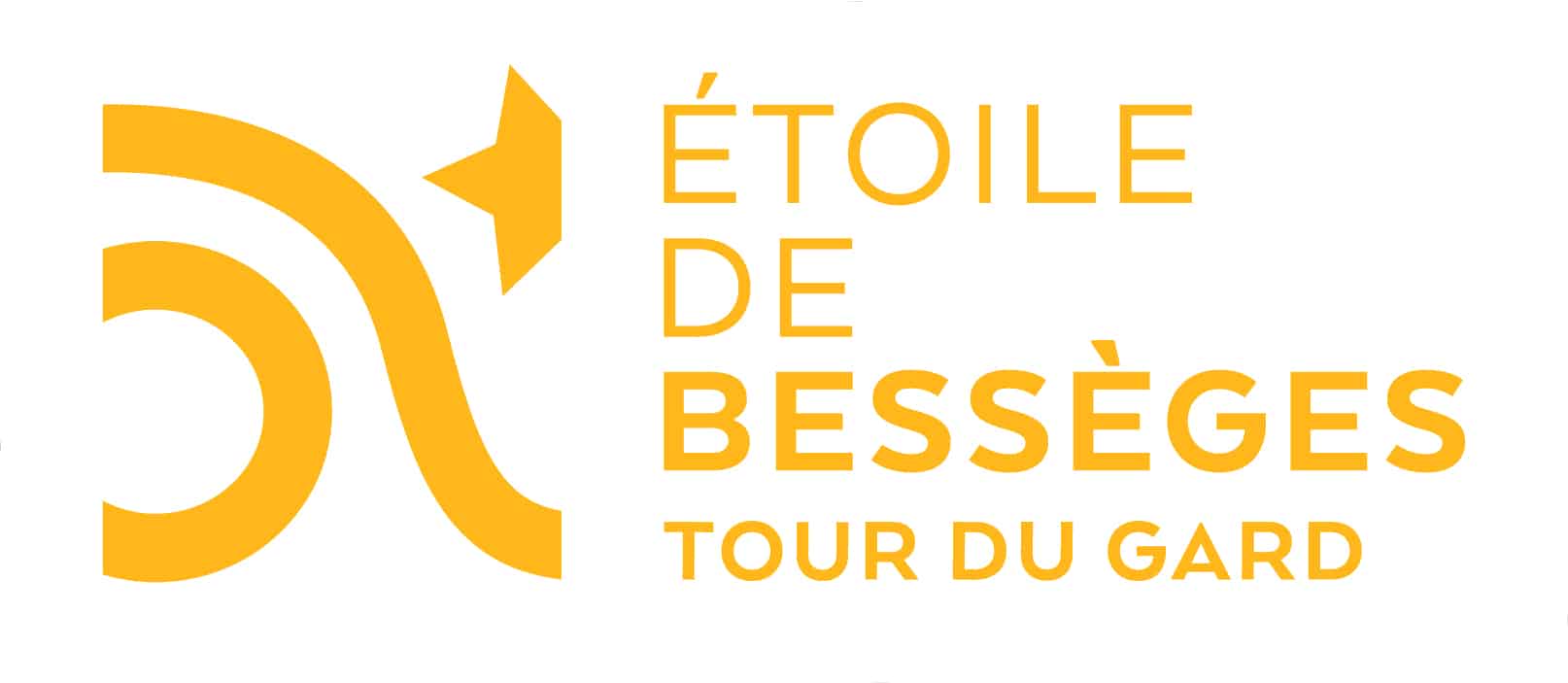
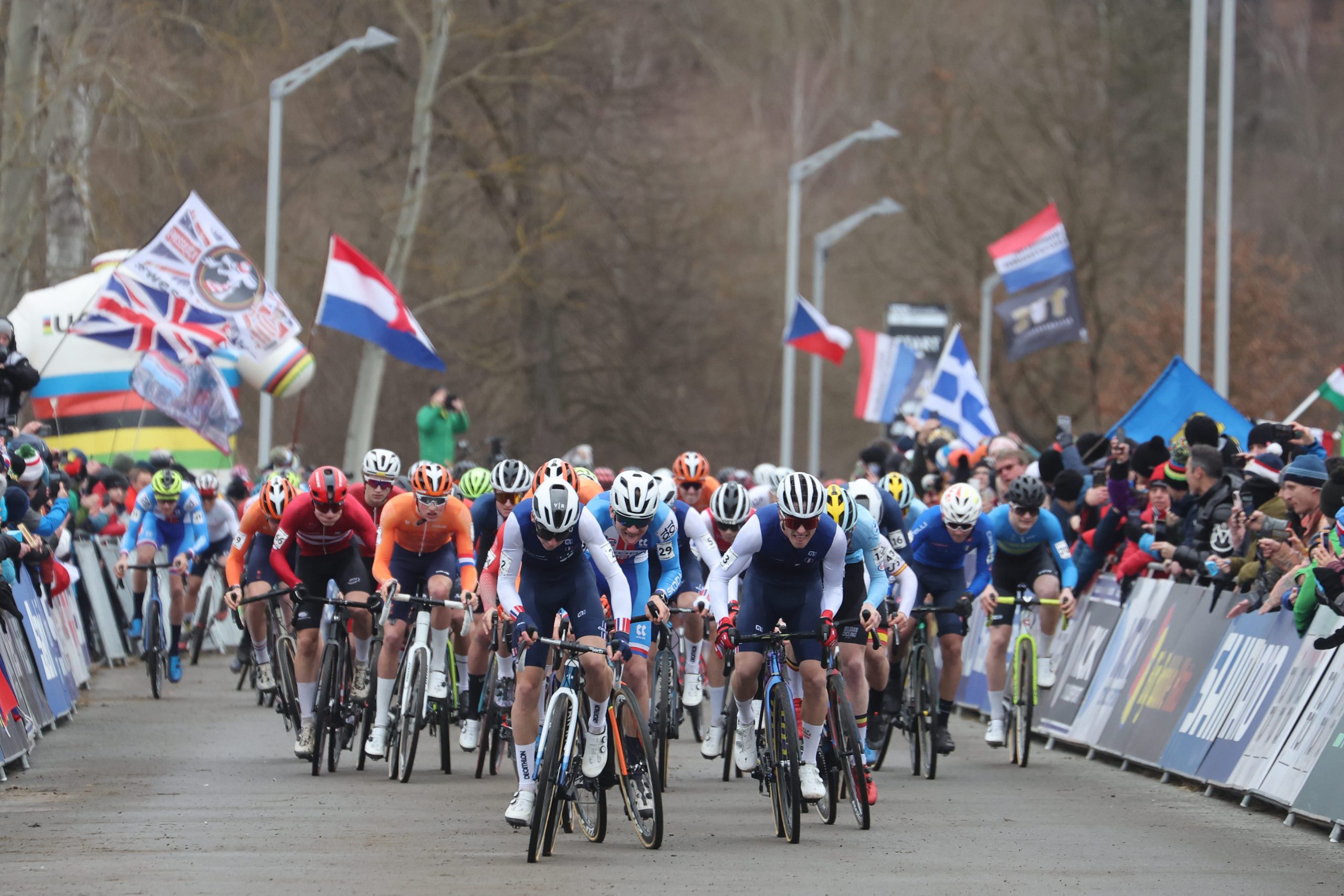
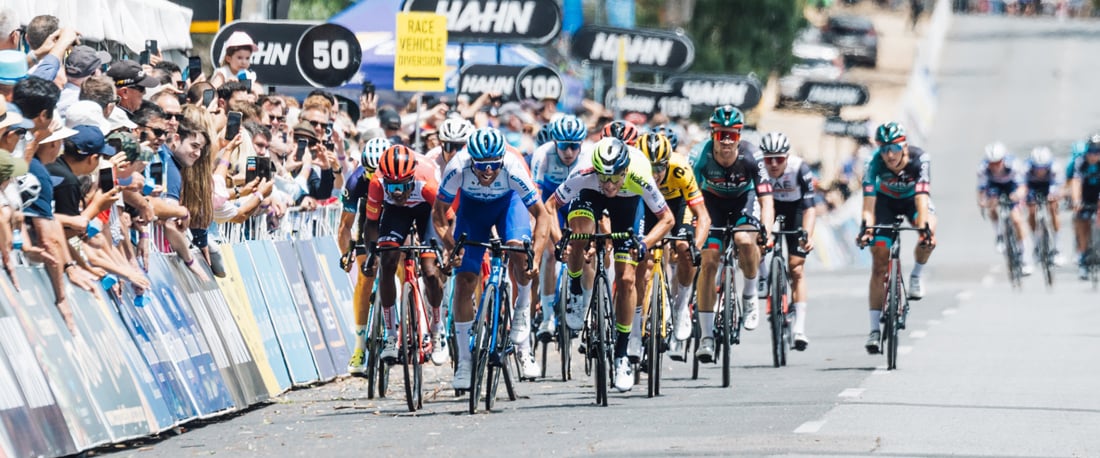
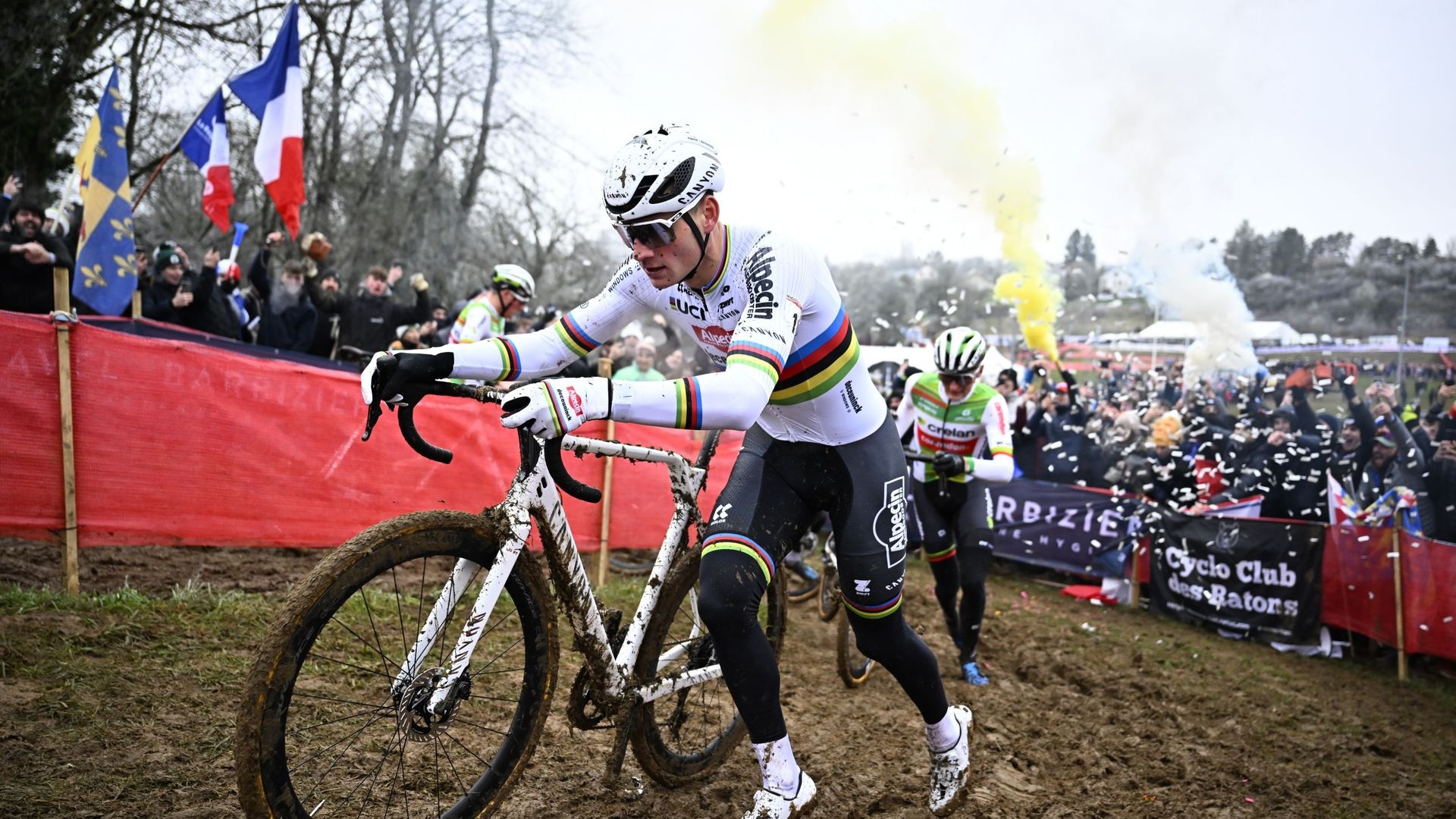
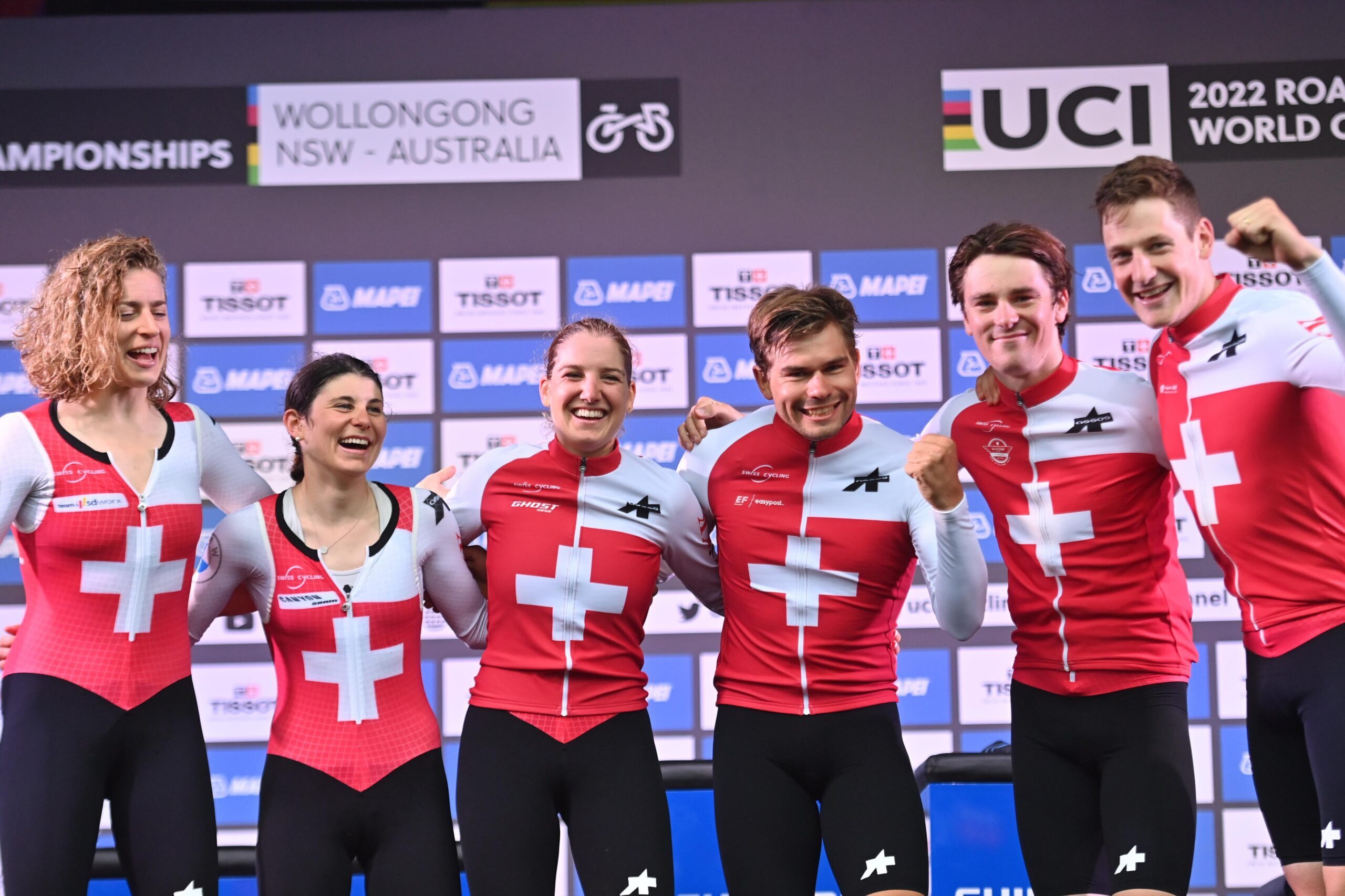

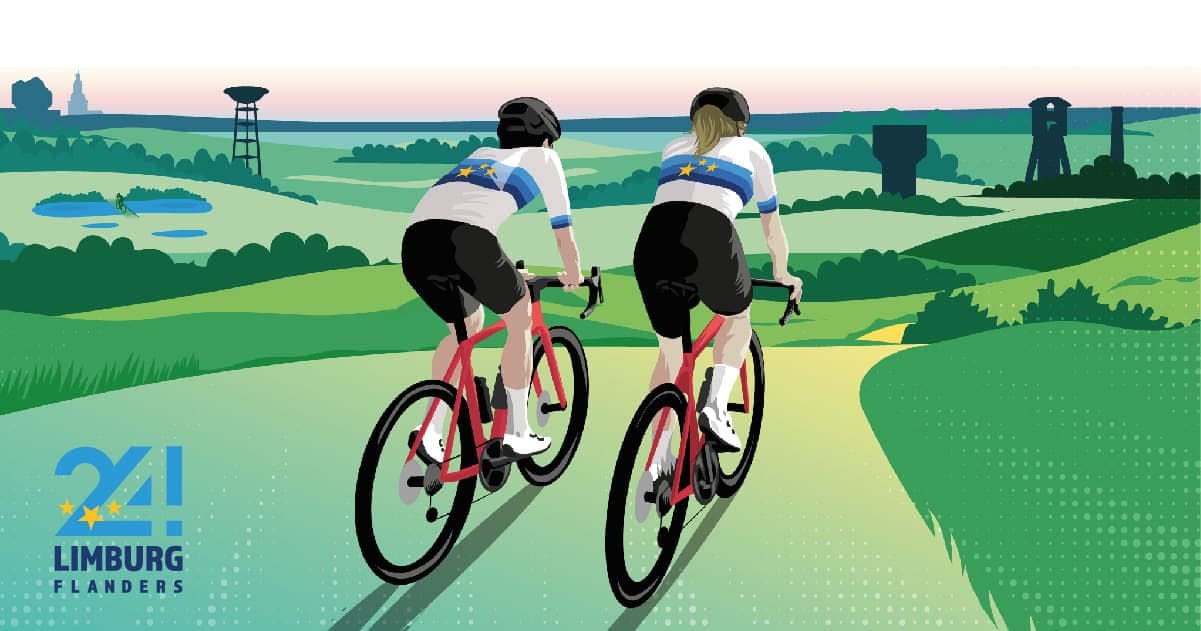
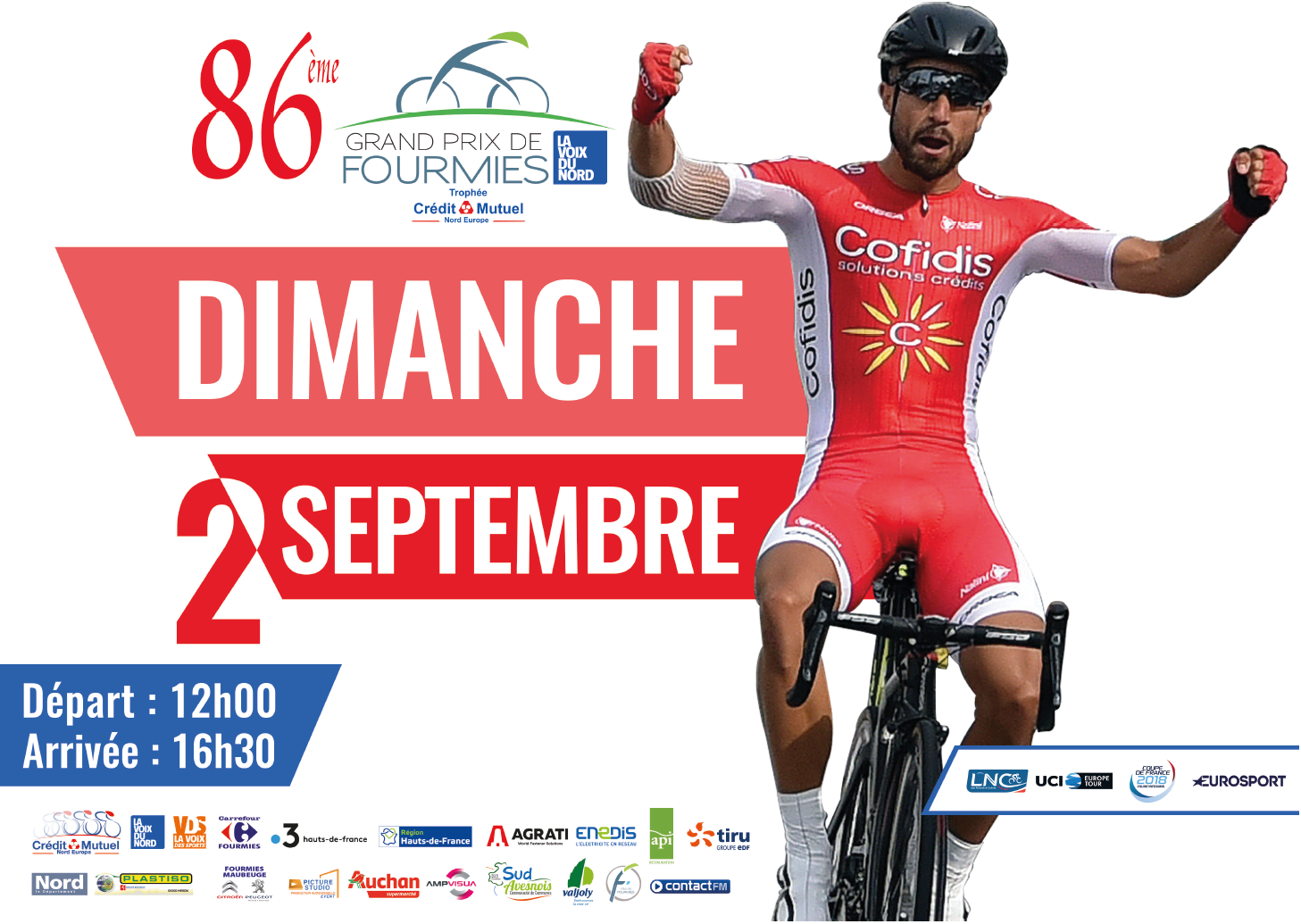
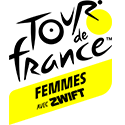
En fait il est simplement tombé au moment où les coureurs se sont engagés sur la mauvaise route, il était toujours en lice jusque là.